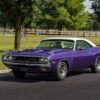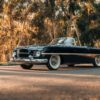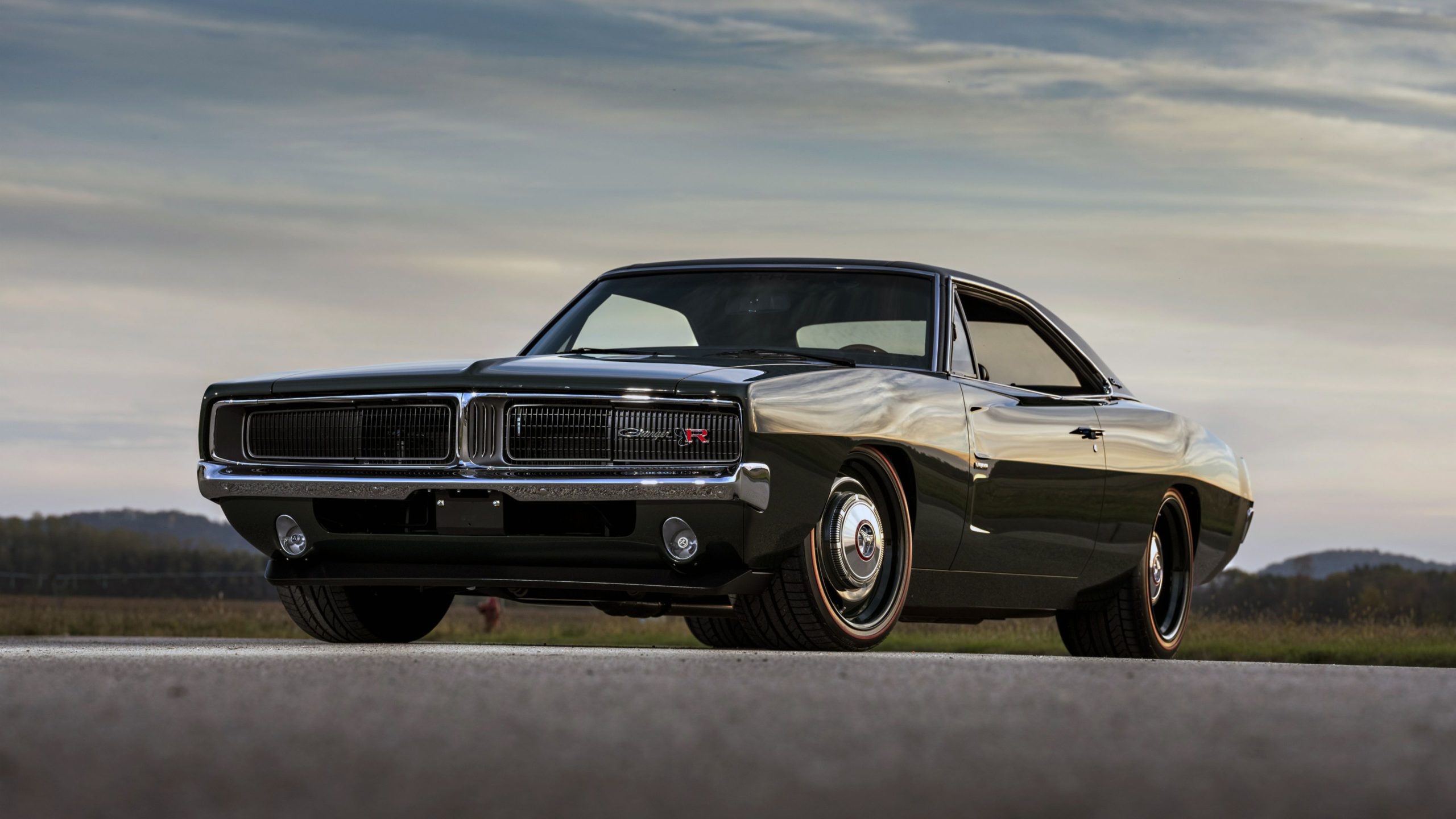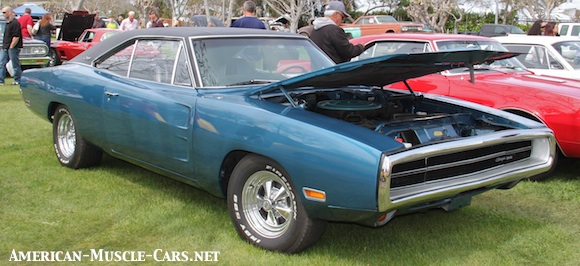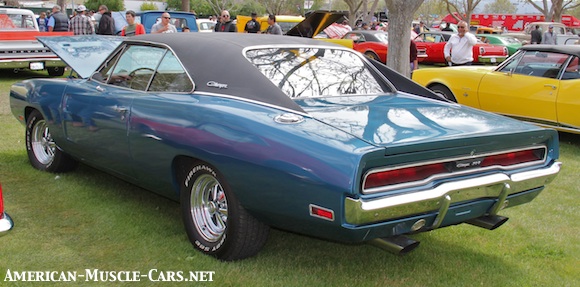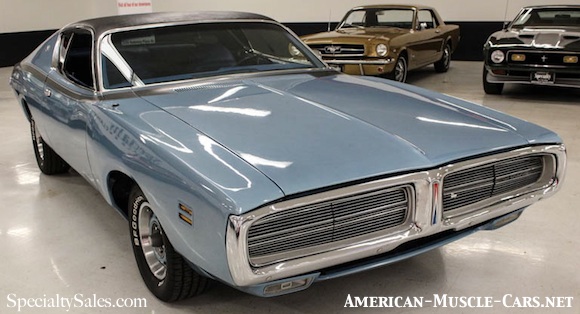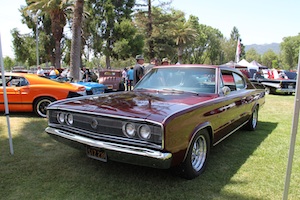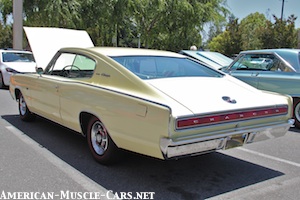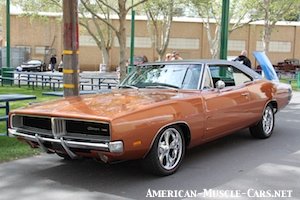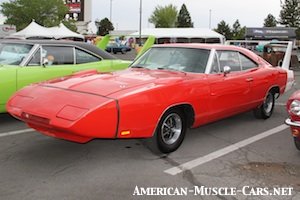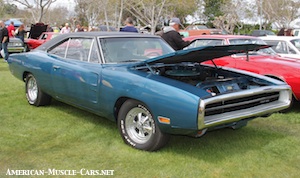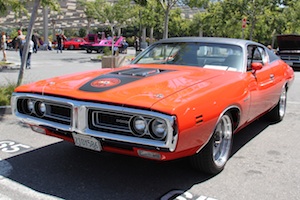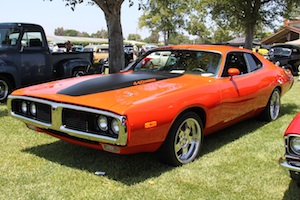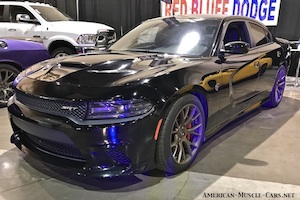Dodge Charger

BEFORE THE DODGE CHARGER
1964 was a big year in American Muscle Car history. Several important cars were released that year, officially kicking off the Classic Muscle Car Era. Muscle Car-wise, the grand daddy of them all, the one who is credited with kicking the whole thing off was the Pontiac GTO, followed by the Chevy Chevelle SS, and every other GM division. Each of these new “muscle cars” were simply mundane passengers cars in 2-door hardtop and convertible body styles, with big powerful engines in them and some special styling. It was a formula that would be followed again and again throughout the 60s, and it worked! It was a cheap way to come up with cars that sold extremely well, and for a premium price. Ford launched the Mustang at the same time, but it was a different kind of car. Dodge would get around to its own Pony Car soon enough, but for now they needed a Muscle Car and they needed it fast. They had an odd collection of fairly unattractive cars at the time, nothing quite as handsome as the Chevelle or Tempest. What to do?

THE FIRST DODGE CHARGER
Dodge cobbled together a hasty response for the 1964 show circuit, which was a tarted-up convertible full-sized Polara with a 426 Wedge. It was too big, and didn’t hit the right chords with the public. Their second attempt came in 1965 in the form of the “Charger 273”, a very limited-production of Dodge Dart GTs, all in yellow-and-black, with special trim and wheels. Only 180 were built in the factory and another 300 as dealer-installed kits. True muscle car success continued to elude the Dodge Boys. If the first ’64 show car was too big (the Polara upon which it was based was a full-size car), and the ’65 special was too small (the Dodge Dart was a compact), they needed something that was “just right”.
DODGE CHARGER FINALLY ARRIVES
It took until the 1966 model year for Dodge to launch a worthy muscle car in the form of the first production Charger. This time they based it on their mid-sized Dodge Coronet, a wise decision. After all, most of GMs muscle cars were based on mid-sized chassis. Dodge had actually already begun a special project with the Coronet body, with plans to make it a “Turbine Car” (Chrysler was experimenting with gas turbines as car engines, and felt they were ready for production). Unfortunately, the Turbine Car never came to fruition, at least in mass production, but the Coronet they were readying for it still held some promise. It was to become the new Dodge Charger.
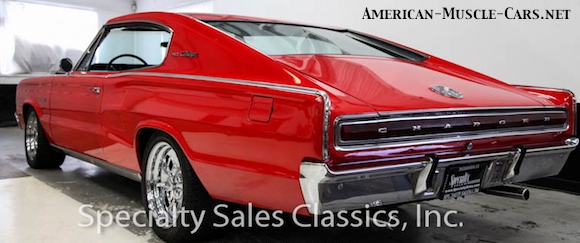
FIRST-GEN DODGE CHARGER
The 1966 Dodge Charger was essentially a Coronet with a new roof, rear quarters, and decklid, making it a rather awkward fastback, and a new front grille that some felt made it look like an electric shaver. While some love it dearly, most thought it wasn’t a very handsome car. But, it sold reasonably well, perhaps because the market was so hungry for muscle cars at that time. The base engine was a 230hp 318 small block V8, which came standard with a 3-speed manual with column-shift. Optional was a 265hp 361, a 325hp 383, and the Big Kahuna (my words) 425hp 426 Hemi. 4-speeds with floor shift, and 3-speed Torqueflite 3-speed autos were optional. Inside it featured split folding rear seats (very rare at the time) and a Charger-specific dash and instrument panel. By 1967, the 375hp 440 Magnum V8 became an option. Sales were tepid at best, with just 37, 344 units built in 1966, and 15,788 in 1967.
3-YEAR DODGE CHARGER COMPARISON:
1968 The first-year had a large, one-piece grille running full width with hideaway headlights.
1969 Arguably the best-looking year, the ’69 had a handsome split front grille.
1970 CHARGER Back to one large grille opening, but this time with a chromed horizontal dividing bar.
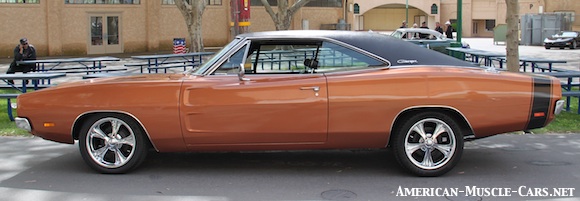
2nd-GEN DODGE CHARGER
The 2nd-gen Charger had no such problems. 92,590 1968 Chargers were sold. The new car was totally redesigned. It still had the signature grille with hideaway headlights, but just about everything else was changed. The longer, bigger body was more curvaceous, had muscular flanks, a recessed backlight, a hardtop roofline, and recessed tail lights. This body style lasted through the 1970 model year with minor revisions. Engine choices started with the standard 230hp 318, and optional were 335hp 383, the 375hp 440, and the mighty 425hp (underrated) 426 Hemi dubbed the “Elephant Motor”, of which only 475 were built in ’68. The R/T option packaged sported-up the Charger and came standard with the 440 Magnum engine, with the option of a 440 Six-Pack (in 1970) or the Hemi, which were always built in low numbers.
Dodge Charger YEAR-BY-YEAR
The boxy Charger was essentially a Coronet with new grille and funky fastback rear treatment.
Mostly carried over. The last year for the pre-Coke Bottle body style.
1st year for the “Coke Bottle” Charger, so-called for the body’s shape: swelling at both ends, but narrowing in the middle. Some great engines.
Mostly carried over from ’68, there was a new front facia with split grille, and a new rear facia with rectangular taillights. Side marker lights became square.
The Charger wasn’t aerodynamic enough to win at NASCAR. Bullet nose & a high wing later & it broke 200mph. 500 had to be sold to the public to homologate.
A new grille & rear facia, bumpers & trim, otherwiise mostly carryover. Horsepower at its all-time peak & will only stay there for one year…this year.
The Charger gets a whole new body with an even more pronounced Coke Bottle shape. The Superbee package moves from the Coronet over to the Charger line. Power is down.
The Charger soldiers on. It retains its good looks, and moves decidedly toward the ‘personal luxury’-side. Horsepower continues south.
2016 CHARGER HELLCAT
This 707-hp monster is THE most powerful 4-door production car on the planet!


